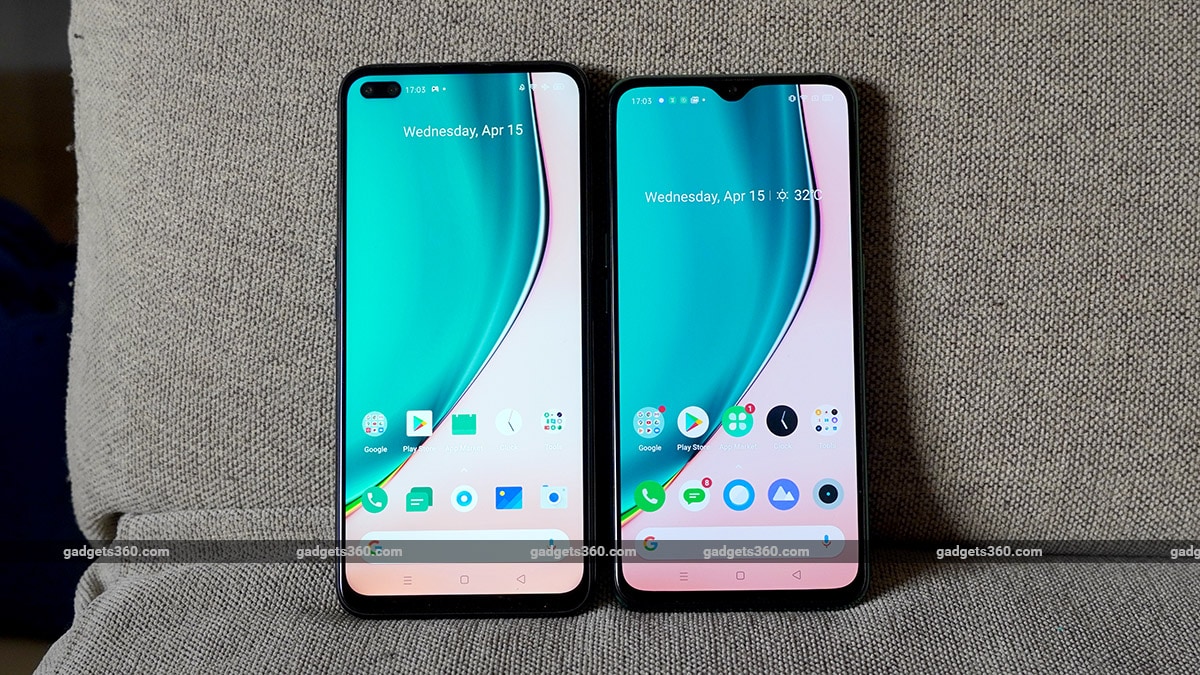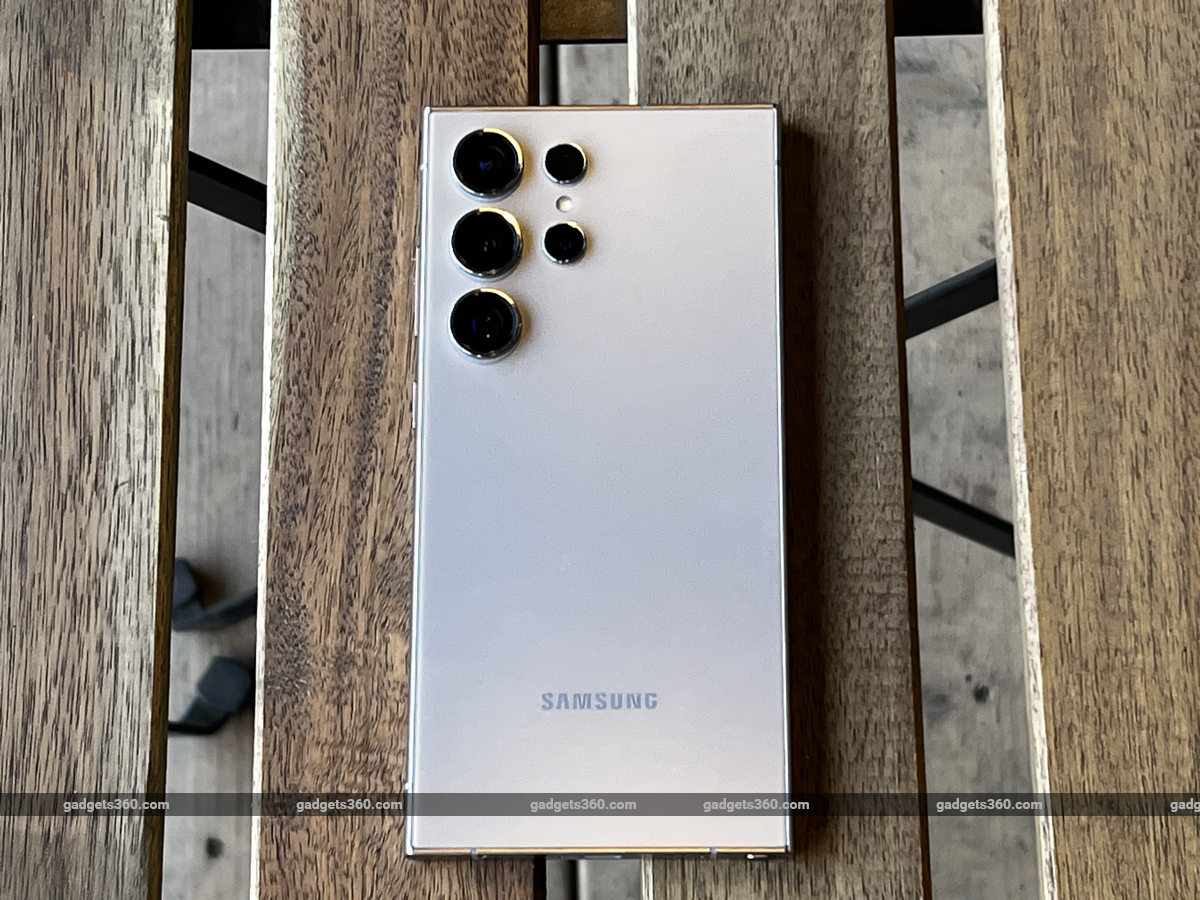Who is better in performance, gaming and battery life?

today we are here Realme Today we are going to take a look at two of Realme’s most recent devices – Realme 6 Pro and Realme X2. Both phones start at Rs 17,999 and come with similar features such as a powerful Qualcomm Snapdragon 700-series chipset with super fast charging support and a back camera setup with a 64-megapixel primary sensor. However, along with the similarities, there are also some differences. To find out these, we are going to find out the difference between these two smartphones today. However, here today we are going to explain you the difference between performance, gaming and battery of Realme 6 Pro and Realme X2. Stay with us for the difference between display, camera etc., we will also soon share information about which camera performance is better between the two.
Realme 6 Pro vs Realme X2 price and variants
As we mentioned above, the price of both phones starts at Rs 17,999, but there is a slight difference in their specifications. Realme 6 Pro is the new model and it comes with 6 GB RAM and 64 GB storage. On the other hand, the slightly older Realme X2 smartphone comes with 4 GB RAM and 64 GB storage at this price. The next variant of both models has 6 GB RAM and 128 GB storage, but Realme 6 Pro is priced at 18,999, while Realme X2 priced at Rs 19,999. The top-end variants of both models come with 8GB RAM and 128GB storage, but once again, the Realme 6 Pro is priced slightly lower at Rs 19,999, while the Realme X2 is priced at Rs 20,999.
Realme 6 Pro vs Realme X2 performance and gaming
The Realme 6 Pro is powered by the new Qualcomm Snapdragon 720G chipset, while the Realme X2 is powered by the Snapdragon 730G chipset. Both are octa-core processors built on the 8nm process and include the Adreno 618 GPU. There are minor differences, though. On paper, the Snapdragon 730G chipset is slightly more powerful thanks to its Kryo 470 cores. The Snapdragon 720G uses Kryo 465 cores. However, the Snapdragon 720G has Qualcomm’s new Hexagon 692 DSP and also supports India’s NavIC satellite navigation system, which is not available in the Snapdragon 730GB. Both phones use LPDDR4X RAM and come with flash storage UFS 2.1.
In terms of benchmark performance, the Realme 6 Pro running on Snapdragon 720G actually managed to score better in some tests than the Realme X2. In AnTuTu, the Realme 6 Pro scored 2,83,22 points, compared to the 2,75,686 points scored by the Realme X2. Similarly, in Geekbench’s single and multi-core tests, the Realme 6 Pro scored 569 and 1,570 points respectively, while the Realme X2 got 547 and 1,616 points. The Realme 6 Pro scored 16fps in GFXbench’s car chase test, while the Realme X2 scored 15fps.
However, let us tell you that the real-world performance of both the smartphones was quite similar. In normal use, both models are fast and handle multitasking well. Both phones can easily handle any type of game. From simple games like PUBG Mobile to games with strong graphics, all run very well without any hindrance. There is no problem of heating in both the smartphones. Even when gaming is played for a long time, none of these phones get very hot.
Realme 6 Pro vs Realme X2 battery life
The Realme X packs a 4,000mAh battery. The new Realme 6 Pro, on the other hand, packs a slightly larger 4,300mAh battery. We noticed a big difference in our battery loop test. The Realme X2 lasted over 13 hours in the test, while the Realme 6 Pro lasted around 22 hours. However, when we tested the Realme X2, it was running on ColorOS 6 based on Android 9, while the Realme 6 Pro was running on Realme UI based on Android 10. With real-world usage, both phones can easily last a day and a half. Both phones have 30W VOOC Flash Charge 4 technology, which takes both batteries from zero to over 90 percent in an hour.
